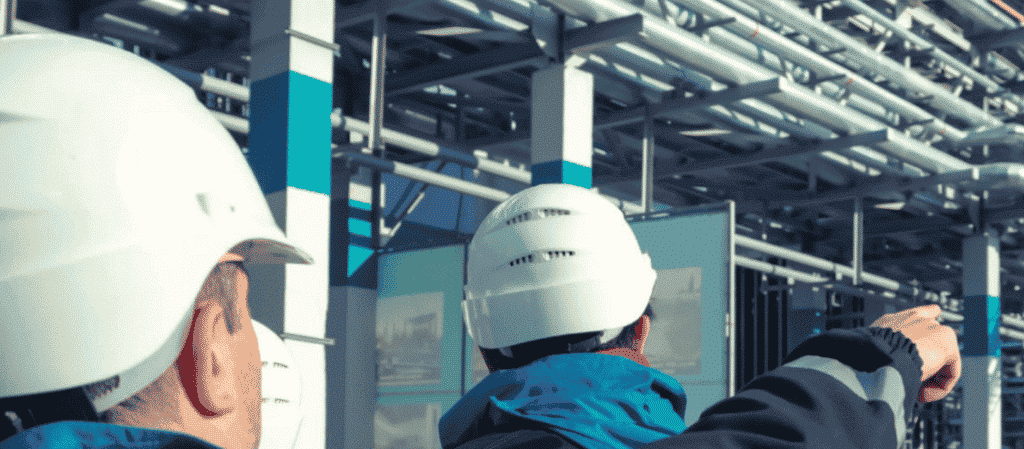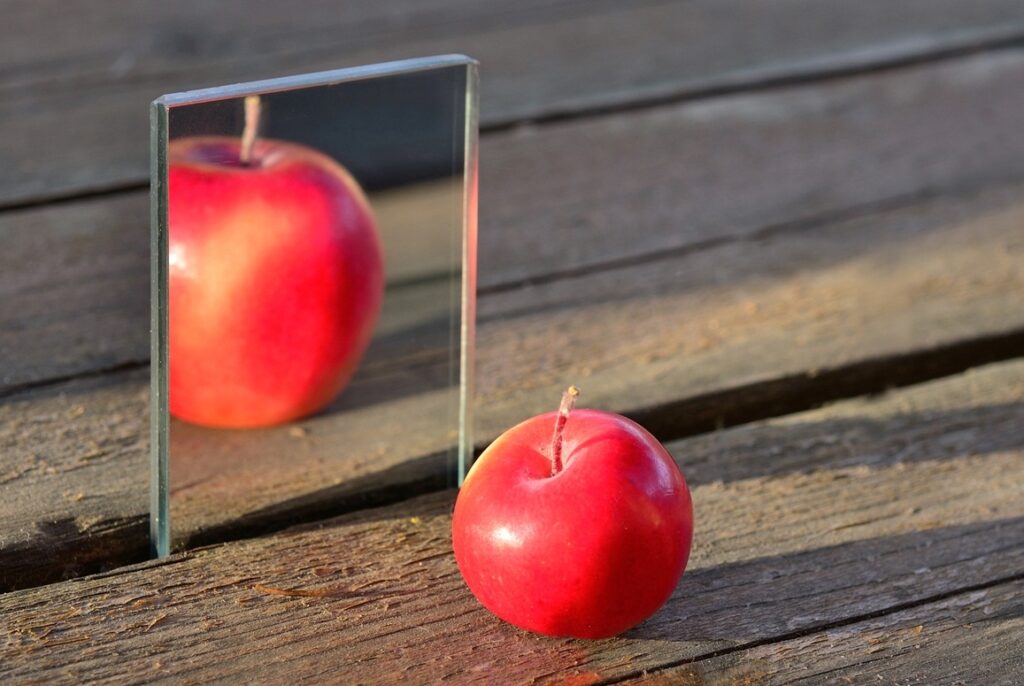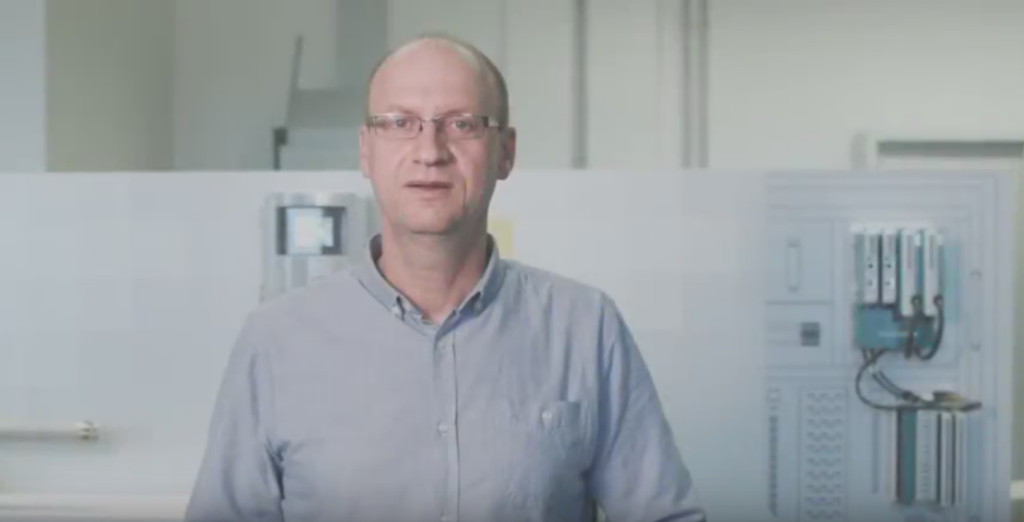A new experiment about maintenance
After a first demonstration of how easy predictive maintenance can be through dashboard and chatbot (https://www.yokogawa.com/eu/blog/chemical-pharma/en/entwurf-a-simple-experiment-on-predictive-maintenance-and-ia2ia/), here is a new experiment. Once again, the system is based upon Yokogawa Sushi Sensors, wireless IIOT for predictive maintenance, able to communicate via LoRaWAN network, which allows communications over very long distances (7 km in open field) and very low battery consumption, which for our sensors is replaceable and reaches up to 10 years of life.
The human factor
When discussing Industry 4.0, an ever increasingly hot topic, focus tends to be limited to products and solutions and so we forget that this industrial revolution is revolving around the human factor. The purpose of the digital transformation we are facing is not to remove humans from the bigger picture, but to make his/her work easier. This is the starting point of this simple experiment.
Wearables
Wearable devices market, which has boomed due to smart bracelets and watches for fitness enthusiasts, is thriving, confirmed by the fact that all the biggest smartphone companies have a smartwatch in their catalog. It’s an unstoppable trend, factories are rapidly adapting to our new way of life also by integrating these technologies in the manufacturing processes. For example, Yokogawa has already released an update of its Field Assistant software to allow the use of hands-free head-mounted computers in order to further simplify the work of operators dealing with inspections of industrial plants – https://www.yokogawa.com/it/news/press-releases/2020/2020-11-19/ –. So, why not to try and use a wearable device to communicate with the GA10 software and be notified in case of anomalies detected in a predictive manner thanks to artificial intelligence?
The experiment
The test is very simple and within everyone’s reach. For the purpose I used a prototyping device based on ESP32 board, a very versatile low-cost board. I paid a few euros including shipping to buy a programmable stick device and an optional buzzer (Fig. 1). The programming of the board is very simple and it can be done directly from a cloud platform (using the API key provided by the device). No username and password are required to log in.
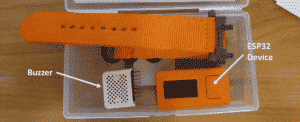
This way, it was simple to add another step to the system. Not only sensors data can reach a dashboard, but the maintenance technician could be equipped with a smart bracelet to be notified at any time of possible problems, without the need of a smartphone. Once the anomaly is detected by GA10 software, this notification is sent over multiple channels (Fig. 2) and when it reaches the bracelet, the device lights up and the buzzer starts emitting intermittent sounds. The operator can access the sensor data collected during the anomaly and, once the criticality has been acknowledged, can disable the alarm (Fig.3).
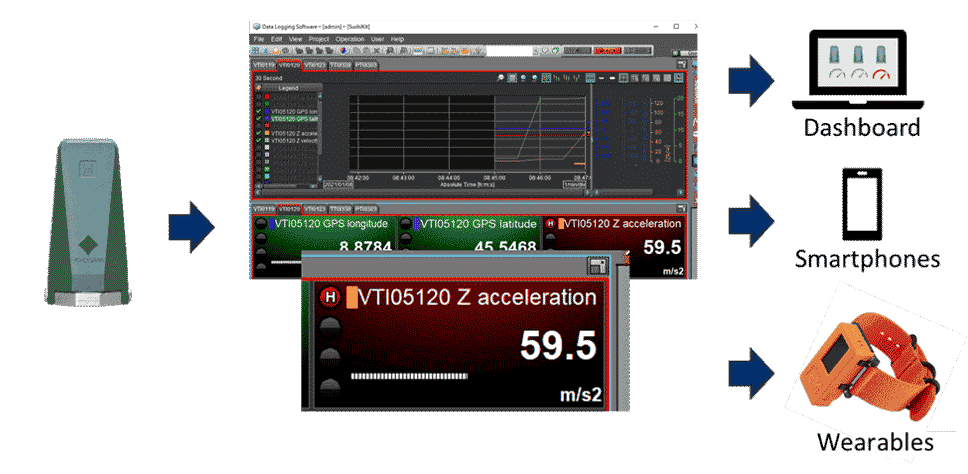
Operators’ interactions with the machine through IOT will become more and more important: let’s think, for example, about the significant improvement in terms of safety for the operator who, through a smart band, is able to know the health of the machine he is going to use, thus avoiding the risk of injury and, in some cases, of death.

For this solution to be efficient, however, it needs to rely on a system using artificial intelligence. In the field of predictive maintenance, Yokogawa offers highly efficient systems that leverage artificial intelligence either locally or in the cloud.
On-premises solution: GA10 software
If data must be kept locally, Yokogawa has the ideal solution. The GA10 software, an excellent software for data logging, now offers a special option for communicating with Sushi Sensors. This means being operative in no time, configuring both system and parameters in a quick and easy way, directly from the software. The killer feature is represented by the fact that it is one of the very few on-premises solutions offering artificial intelligence. This function can be extended to all signals, even those not coming from Sushi Sensors, and, after a learning phase with a duration depending on the signals to be acquired and the scanning time, is able to indicate with a score the health status of the plant. When the score becomes negative, we are in the presence of an anomaly and an inspection is therefore necessary (Fig. 4). Yokogawa has created a very interesting video which well illustrates the potential of this software. If you are interested, I encourage you to ask your reference branch to show it to you.

Cloud-based solution: Yokogawa’s platform
Even in the case cloud services are preferred or plants’ machinery has a complex trend with rather unpredictable signals and/or sudden changes over time, Yokogawa has the right solution. Yokogawa’s offer is not a simple application consisting of dashboards and alarms, but a real platform. AI algorithms and graphical interfaces are tailored on customer needs and the type of assets that must be monitored. This, combined with the possibility of integrating third-party sensors, makes Yokogawa solution extremely flexible. Furthermore, if maintenance is managed by an external company, it is possible to create alternative views to access only a subset of all available data in order to guarantee the privacy and confidentiality of sensitive data. These solutions offering high efficiency and reliability can be tested using available starter kits (fig. 5).

Conclusions
This experiment was a demonstration of Yokogawa’s deep knowledge of technologies and solutions that the future will bring, in this case related to predictive maintenance. Yokogawa is the perfect partner for the IA2IA journey (from Industrial Automation to Industrial Autonomy) and digital transformation: founded over a century ago, a pioneering company, now also one of the most sustainable corporations worldwide. If you are interested and would like to know more about it, download our “AI Product Solution Book”. Otherwise, please contact your local Yokogawa partner or write to us via the contact form.
Smart manufacturing: boundaries fade – requirements stay the same
